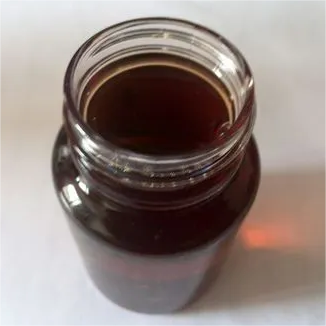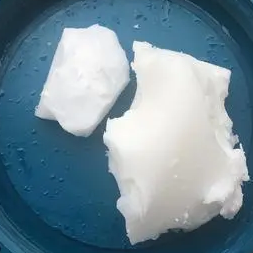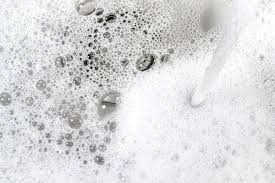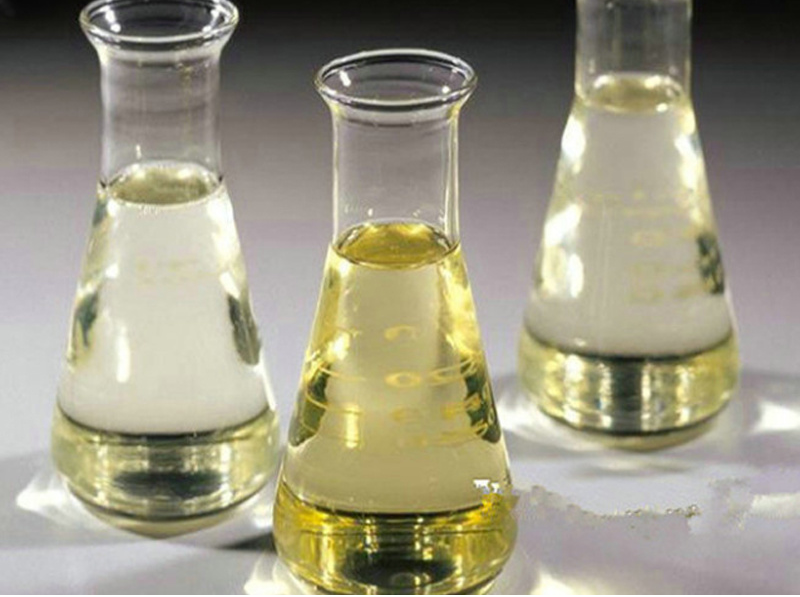Surfactants vs. Yeast: Can Cleaning’s Secret Weapon Win the Battle?
(Do Surfactants Work Against Yeast)
We see yeast everywhere. It makes bread rise. It brews beer. Sometimes, it causes frustrating problems like mold on bathroom tiles or infections. We fight back with cleaners, many containing surfactants. But do these common cleaning agents actually work against yeast? Let’s dig into the science and practical uses.
**1. What Are Surfactants Against Yeast?**
Think of dish soap tackling greasy pans. The magic ingredient making that happen is usually a surfactant. The name “surfactant” comes from “surface active agent.” These molecules have a special structure. One end loves water. The other end hates water and loves oil or grease. This dual nature lets them act as bridges.
Surfactants break down barriers. They lower the surface tension of water. This lets water spread and wet surfaces better. More importantly, they surround and lift away oily dirt, grime, and organic matter. This fundamental cleaning action is key when dealing with yeast. Yeast cells have protective outer layers made of fats and proteins. Surfactants disrupt these layers. They help physically remove yeast cells from surfaces. They prepare surfaces for deeper cleaning or disinfection.
**2. Why Target Yeast with Surfactants?**
Yeast isn’t always bad. We need it for baking and brewing. But sometimes, specific types like Candida albicans cause trouble. This yeast can lead to infections in humans. Other yeasts spoil food or create unsightly mold and mildew on surfaces in damp areas like bathrooms and kitchens. Controlling unwanted yeast growth is important for health and hygiene.
Surfactants offer a first line of defense. Their primary job is cleaning. Yeast, along with dirt, grease, and other microbes, sticks to surfaces. Removing this layer physically is crucial. Surfactants excel at this. By breaking down the greasy, organic films yeast thrives in and lifting cells away, surfactants reduce the overall number of yeast present. They also expose the yeast cells to other agents, like disinfectants, that might kill them. So, while not always killers themselves, surfactants are vital partners in the fight.
**3. How Do Surfactants Interact with Yeast?**
Surfactants work against yeast mainly through physical and mechanical action. They don’t typically poison yeast cells like specific antifungal drugs do. Instead, they disrupt the yeast cell’s environment and its protective barriers.
The fat-loving part of the surfactant molecule attacks the yeast cell membrane. This membrane is crucial. It controls what enters and leaves the cell. Surfactants can wedge themselves into this fatty layer. They can cause leaks. Vital cell contents might seep out. Water might rush in uncontrollably. This weakens the cell significantly. Surfactants also strip away protective biofilms. Biofilms are slimy layers communities of microbes build for protection. Removing this layer exposes the yeast. Further, surfactants emulsify oils and greases. Yeast often hides and feeds within these greasy films. Breaking them down removes the yeast’s food source and hiding place. Finally, the scrubbing action when we clean physically dislodges yeast cells surrounded by surfactant micelles. They get washed away with the rinse water.
**4. Surfactant Applications Against Yeast**
Surfactants are workhorses in many products we use daily to combat yeast overgrowth and contamination. Knowing where they shine helps us use them effectively.
* **Household Cleaning:** This is the biggest area. Surfactants are key in bathroom cleaners, kitchen sprays, all-purpose cleaners, and laundry detergents. They lift soap scum, body oils, and food residues – prime spots for mold and yeast. Regular cleaning with surfactant-based products prevents buildup. It removes existing growth effectively. Think shower walls, sinks, countertops, and tiles.
* **Personal Care:** Many soaps, body washes, shampoos, and facial cleansers rely on surfactants. They cleanse the skin and scalp. They remove oils, sweat, dead skin cells, and surface microbes, including yeast. This helps prevent issues like dandruff or minor skin irritations linked to yeast overgrowth. They keep the skin’s surface clean.
* **Laundry:** Detergents are packed with surfactants. They remove soil, body oils, and microorganisms from fabrics. Washing clothes and linens regularly helps eliminate yeast cells that might be present. This is especially important for items like towels, underwear, and bedding.
* **Food Industry Surfactant Use:** Surfactants help clean equipment and surfaces in food processing plants. Removing organic residues and biofilms prevents yeast contamination. This ensures food safety and quality. Sanitizers often combine surfactants with stronger disinfectants.
* **Industrial Settings:** Surfactants clean surfaces in breweries, bakeries, and other facilities where yeast is used intentionally. They prevent cross-contamination and unwanted microbial growth on equipment and floors.
**5. Surfactant and Yeast FAQs**
Let’s clear up some common questions about surfactants and yeast:
* **Do surfactants kill yeast?** Usually not directly. They are primarily cleaners, not killers. They remove yeast physically and disrupt its protective layers. This weakens yeast cells and makes them easier to kill by other agents or environmental stress. Some stronger surfactants might have some fungistatic effects, meaning they slow growth.
* **Are all surfactants equally effective?** No. Different surfactants have different strengths. Some are better at cutting grease. Others are gentler. The formulation matters too. A cleaner with a strong surfactant blend will likely remove yeast better than a mild one. Products designed for tough jobs like mold and mildew often have potent surfactant systems.
* **Can I just use surfactant to treat a yeast infection?** No. For human yeast infections like thrush or vaginal yeast infections, surfactants alone are not the solution. Medical antifungal treatments prescribed by a doctor are required. Using harsh soaps might even worsen skin conditions.
* **What about natural surfactants like soap?** Yes, natural soaps are surfactants. They work similarly to synthetic ones. Castile soap or other plant-based soaps can effectively clean surfaces and remove yeast through the same mechanisms. They are a good option for general cleaning.
(Do Surfactants Work Against Yeast)
* **Is rinsing important?** Absolutely! Surfactants lift the yeast and dirt, but rinsing with clean water physically washes it all away. Skipping rinsing leaves the loosened material behind. It can potentially redeposit on the surface. Thorough rinsing is key.
Inquiry us
if you want to want to know more, please feel free to contact us. (nanotrun@yahoo.com)




